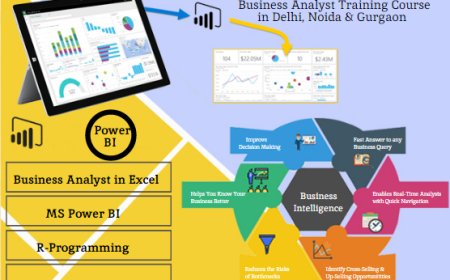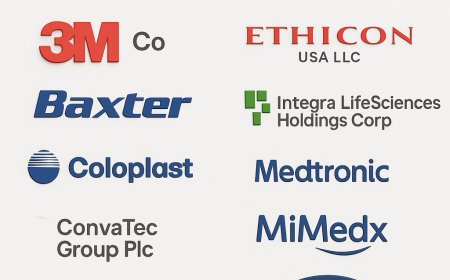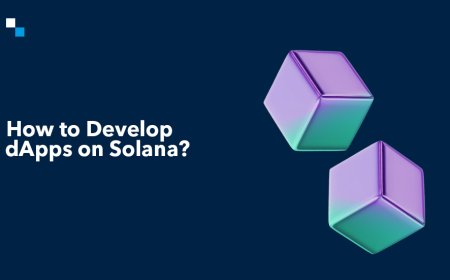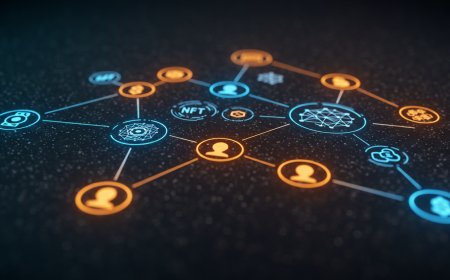Training the Titans: The Full Stack of Large Language Model Development
This article provides a step-by-step guide to how Large Language Models (LLMs) are developed—from data ingestion to real-world deployment.
Introduction

Large Language Models are the intellectual engines of modern AI. These massive neural networks power everything from virtual assistants and search engines to enterprise copilots and creative tools. But while their outputs are natural and effortless, their construction is anything but.
Developing an LLM involves a multi-stage pipeline that touches nearly every corner of artificial intelligencefrom natural language processing and deep learning to distributed systems, ethics, and UX design. In this article, we walk through the full stack of LLM development: how these "titans" of language are trained, aligned, and deployed.
1. Data at Scale: Mining the Worlds Text
The foundation of every LLM is its training data. Engineers collect massive, diverse datasets made up of:
-
Web text (blogs, forums, Wikipedia)
-
Digitized books and academic papers
-
Technical documentation and code
-
Human conversations (chat transcripts, forums)
This raw data undergoes extensive preprocessing:
-
Cleaning: Remove HTML, formatting errors, duplicates, and spam
-
Filtering: Screen for low-quality, harmful, or biased content
-
Tokenizing: Break text into sequences of tokens (subwords, symbols, or characters)
The quality of this data largely determines the quality of the model's eventual understanding and generation capabilities.
2. Modeling Language: The Transformer Revolution
LLMs are powered by the transformer architecture, a structure that allows the model to attend to and process all tokens in a sequence at oncecrucial for understanding context and semantics.
Key innovations in transformers:
-
Self-attention: Allows the model to weigh the relevance of every word in a sentence
-
Layer stacking: Deep neural layers capture abstract linguistic features
-
Positional encoding: Helps the model learn word order
-
Scalability: Can be extended to hundreds of layers and billions of parameters
Variants like decoder-only (GPT-style) or encoder-decoder (T5-style) are used depending on task objectives.
3. Training the Titans: Compute, Optimization, and Scale
Training LLMs is one of the most resource-intensive processes in computing today.
Training involves:
-
Next-token prediction: The model learns by predicting the next token in billions of sequences
-
Gradient descent: Adjusts weights using loss functions
-
Massive hardware: Thousands of GPUs or TPUs working in parallel
-
Optimizations: Mixed-precision training, sharding, and efficient batch scheduling
Infrastructure must handle terabytes of training data, synchronize weight updates, and recover from failures during multi-week training runs.
4. Making Models Useful: Fine-Tuning and Instruction Training
After pretraining, models are fluentbut not yet helpful or safe. This is where fine-tuning transforms them into usable tools.
Common approaches:
-
Instruction tuning: Train on diverse prompts and responses to follow natural instructions
-
Supervised fine-tuning (SFT): Use curated datasets with gold-standard outputs
-
RLHF (Reinforcement Learning with Human Feedback): Rank multiple outputs and use preferences to guide behavior
-
Chain-of-thought tuning: Encourage reasoning via intermediate steps
Fine-tuning aligns the model with real-world use cases, from summarization and Q&A to conversation and coding.
5. Evaluation: Benchmarking Intelligence
Models must be rigorously evaluated before release.
Evaluation strategies:
-
Standard benchmarks: MMLU (general knowledge), GSM8K (math), HellaSwag (commonsense), and HumanEval (code generation)
-
Perplexity scores: Measure how confidently the model predicts text
-
Human evals: Review generated outputs for clarity, relevance, and safety
-
Stress testing: Challenge the model with ambiguous, adversarial, or harmful prompts
Continuous testing helps refine weak spots, detect hallucinations, and ensure the model performs across tasks and demographics.
6. Alignment and Safety: Engineering Responsibility
LLMs are powerful, but they can also reflect harmful biases or generate inappropriate content. Alignment is about building AI that behaves in line with human values and safety standards.
Alignment engineering includes:
-
Toxicity detection models
-
Bias audits and fairness testing
-
Guardrails and moderation layers
-
Transparency tools (e.g., model cards, usage guidelines)
Responsible AI is an ongoing effort, not a checkbox. Developers are now exploring constitutional AI, dialogue-based self-alignment, and normative frameworks to govern model behavior.
7. Real-World Deployment: Scaling LLMs into Products
Once aligned and tested, models are packaged into:
-
APIs and SDKs (e.g., OpenAI API, Anthropic Console)
-
Applications (e.g., chatbots, copilots, writing tools)
-
Enterprise integrations (e.g., CRMs, internal knowledge tools)
Deployment requires solving for:
-
Latency and throughput
-
Cost per query
-
Data privacy and user safety
-
Load balancing and global availability
Engineers also build surrounding features like retrieval-augmented generation (RAG), long-term memory, and tool use for extended functionality.
8. The Next Generation: Whats Coming
LLMs are entering a new phasemoving beyond passive generation toward agentic behavior.
Whats next:
-
Multimodal models: Combine text, image, audio, and video understanding
-
Persistent memory systems: Enable continuity across sessions
-
Tool-using agents: Call APIs, run code, and make decisions autonomously
-
Edge AI: Small-scale LLMs that run on local devices with high efficiency
-
Open-source ecosystems: Democratizing access and innovation
The field is evolving from creating language models to engineering interactive, autonomous digital collaborators.
Conclusion
Building an LLM is not a single breakthroughits a sequence of innovations across data, architecture, compute, safety, and scale. Its a full-stack engineering effort that blends AI science with infrastructure, ethics, and user-centered design.
As these titanic models continue to grow in capability and complexity, the teams behind them will shape not just how machines speakbut how we live and work alongside them.































